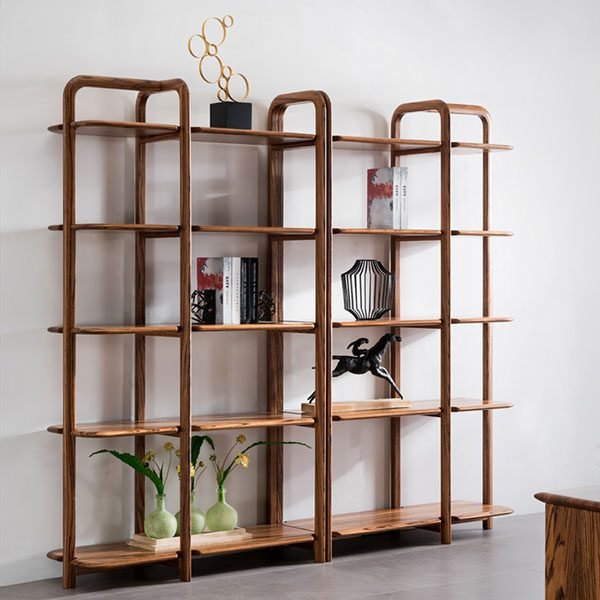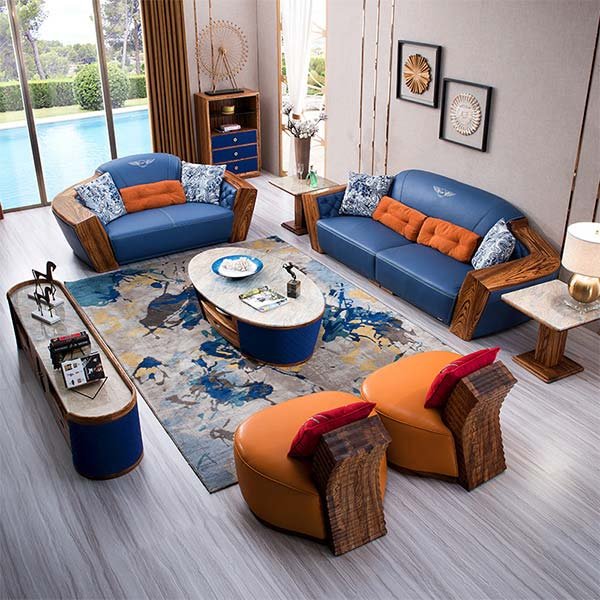“Arrange with care, create a space that’s fair.”
Arranging Furniture for Conversation
Arranging furniture in a living room can be a daunting task, but with the right approach, you can create a space that is both functional and aesthetically pleasing. One important aspect to consider when positioning furniture in a living room is creating a layout that promotes conversation.
When arranging furniture for conversation, it’s important to consider the flow of the room. Start by placing the largest piece of furniture, such as a sofa or sectional, in a central location. This will serve as the anchor for the rest of the furniture in the room. Position additional seating, such as armchairs or loveseats, around the central piece to create a cozy and inviting seating area.
To encourage conversation, make sure that the seating is arranged in a way that allows for easy interaction. Avoid placing furniture too far apart, as this can create a sense of distance between people. Instead, opt for a layout that allows for comfortable conversation without having to shout across the room.
In addition to the seating arrangement, consider the placement of other elements in the room, such as coffee tables and side tables. These pieces should be positioned within easy reach of the seating area to provide a convenient surface for drinks, snacks, and other items. This will help to create a more functional and comfortable space for conversation.
When arranging furniture for conversation, it’s also important to consider the overall aesthetic of the room. Choose furniture pieces that complement each other in terms of style, color, and scale. This will help to create a cohesive look that is visually appealing and inviting.
Incorporate elements such as rugs, throw pillows, and artwork to add texture and visual interest to the space. These accessories can help to tie the room together and create a warm and inviting atmosphere for conversation.
When arranging furniture for conversation, it’s important to consider the needs and preferences of the people who will be using the space. Take into account factors such as the number of people who will be using the room, their seating preferences, and any specific activities that will take place in the space.
By taking these factors into consideration and following these tips, you can create a living room layout that is conducive to conversation and socializing. With the right furniture arrangement, you can create a space that is both functional and inviting, making it the perfect place to gather with friends and family.
Maximizing Space with Strategic Placement
When it comes to designing a living room, one of the key factors to consider is how to position furniture in order to maximize space and create a functional layout. Strategic placement of furniture can make a room feel more spacious, organized, and inviting. In this article, we will discuss some tips and tricks for positioning furniture in your living room to make the most of the space you have.
One of the first things to consider when positioning furniture in a living room is the layout of the room itself. Take note of any architectural features, such as windows, doors, or built-in shelving, that may impact where you can place furniture. It’s important to create a clear path for traffic flow through the room, so be mindful of how people will move through the space.
When arranging furniture in a living room, it’s important to consider the function of each piece. For example, if you have a large sofa, you may want to position it facing the focal point of the room, such as a fireplace or television. This will create a cozy seating area that encourages conversation and relaxation.
Another tip for maximizing space in a living room is to use multipurpose furniture. For example, a coffee table with storage can help keep clutter at bay, while a sofa bed can provide extra sleeping space for guests. Look for furniture that serves more than one purpose to make the most of limited space.
In addition to considering the function of each piece of furniture, it’s also important to think about scale and proportion. Avoid overcrowding the room with oversized furniture, as this can make the space feel cramped and uncomfortable. Instead, opt for furniture that fits the scale of the room and leaves plenty of open space for easy movement.
When positioning furniture in a living room, don’t be afraid to experiment with different layouts. Try moving pieces around until you find a configuration that works best for your space. You may be surprised at how a simple rearrangement can make a big difference in the look and feel of the room.
In conclusion, strategic placement of furniture is key to maximizing space in a living room. By considering the layout of the room, the function of each piece of furniture, and the scale and proportion of the pieces, you can create a comfortable and inviting space that makes the most of the square footage you have. Experiment with different layouts until you find one that works best for your needs, and don’t be afraid to get creative with your furniture arrangement. With a little thought and planning, you can create a living room that is both stylish and functional.
Creating a Focal Point with Furniture Arrangement
When it comes to designing a living room, one of the most important aspects to consider is how to position furniture in order to create a focal point. A focal point is a central element in the room that draws the eye and anchors the space. By strategically arranging furniture around this focal point, you can create a cohesive and visually appealing layout.
One of the most common focal points in a living room is the fireplace. If your living room has a fireplace, consider positioning your furniture around it to create a cozy and inviting atmosphere. Place a sofa or a pair of armchairs facing the fireplace, with a coffee table in between to create a conversation area. This arrangement not only highlights the fireplace as the focal point, but also encourages social interaction and relaxation.
If your living room does not have a fireplace, you can create a focal point using other elements such as a large window, a piece of artwork, or a statement piece of furniture. For example, you can position a sofa or a sectional facing a large window with a beautiful view, or place a striking piece of artwork above a console table to draw attention to that area. By choosing a focal point and arranging furniture around it, you can create a sense of balance and harmony in the room.
Another important factor to consider when positioning furniture in a living room is the flow of traffic. It is essential to create clear pathways for people to move through the space without feeling cramped or obstructed. Avoid placing furniture in high-traffic areas such as doorways or walkways, and make sure there is enough space between pieces of furniture to allow for easy movement.
When arranging furniture, consider the scale and proportion of each piece in relation to the size of the room. Avoid overcrowding the space with too much furniture, as this can make the room feel cluttered and overwhelming. Instead, choose a few key pieces that complement each other in terms of style and scale. For example, you can pair a large sofa with a couple of armchairs and a coffee table to create a balanced and cohesive seating area.
In addition to creating a focal point and considering traffic flow, it is also important to think about the function of the room. Determine how you will be using the space – whether it is for entertaining guests, watching TV, or relaxing with a book – and arrange the furniture accordingly. For example, if you enjoy hosting gatherings, consider creating multiple seating areas to accommodate different groups of people. If you prefer watching TV, position the sofa and chairs facing the television for optimal viewing.
In conclusion, creating a focal point with furniture arrangement is essential for designing a living room that is both functional and visually appealing. By strategically positioning furniture around a central element, considering traffic flow, and taking into account the room’s function, you can create a space that is inviting, comfortable, and well-balanced. Experiment with different layouts and furniture arrangements to find the perfect configuration that suits your personal style and needs.
Заключение
Positioning furniture in a living room should prioritize functionality, flow, and balance. Consider the room’s layout, traffic flow, and focal points when arranging furniture. Create conversation areas, allow for easy movement, and ensure a balanced distribution of furniture throughout the space. Experiment with different layouts to find the most comfortable and visually appealing arrangement for your living room.



